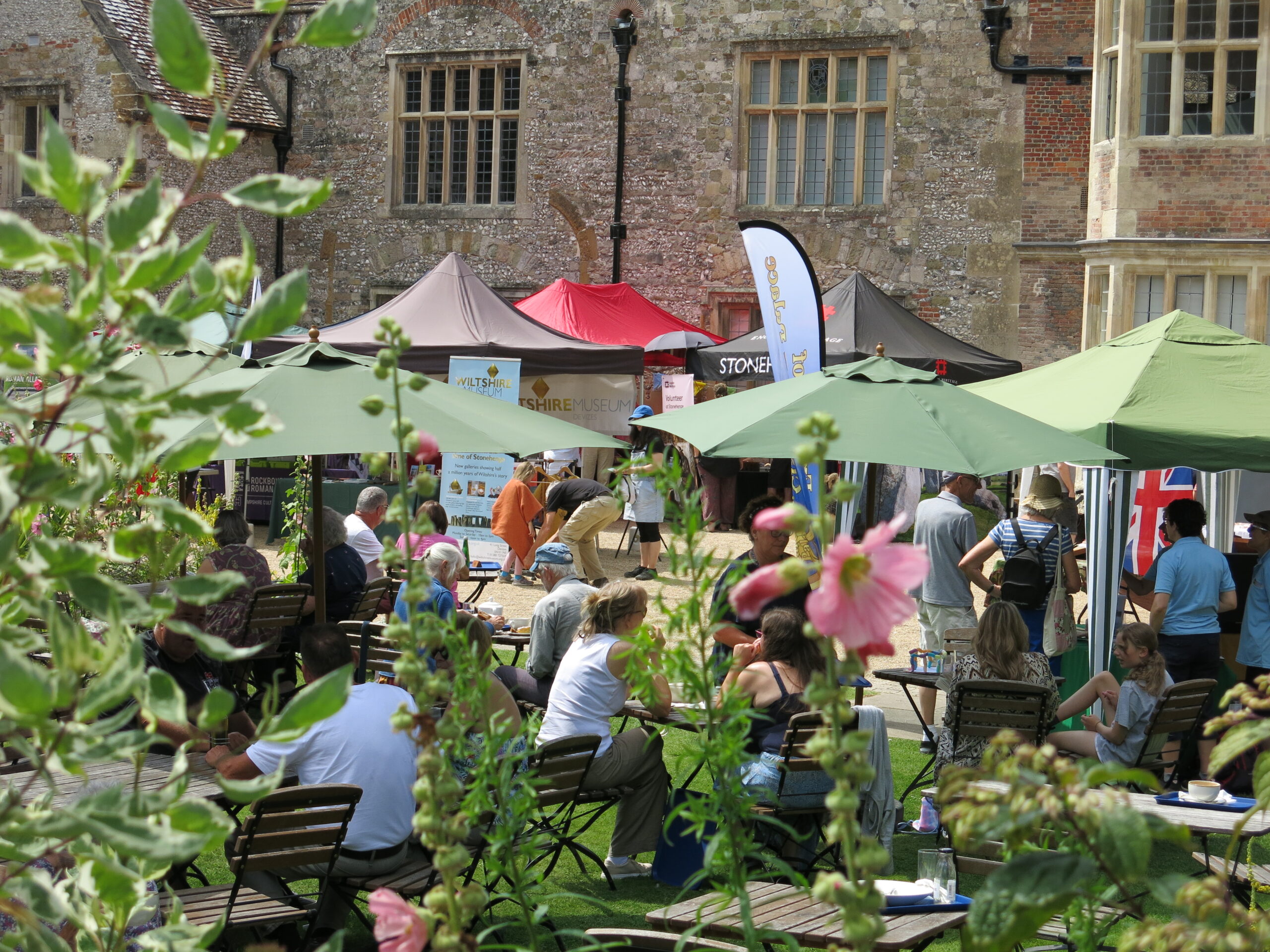Downton Mosaic
The remains of a Roman villa with this mosaic floor were uncovered in the early 1950s at Moot Close, Downton. Excavations revealed the foundations of a long narrow building with a single corridor, facing west, with a central entrance and seven rooms. A bathhouse was attached to the southeast corner by a short corridor.
Below these buildings, on a gentle slope leading down to the river Avon, were other features of the villa estate including a large corn drying oven, a well, out buildings, drainage ditches and roads. The date of the objects found at the villa suggest it was built in the late 3rd to early 4th century AD and remained in use for about 50 years.
This section of mosaic pavement came from the central room of the villa, which may have been the dining room. Like all mosaics it is made from tesserae (small cubes) of stone and pottery laid closely together to form a pattern. The central design shows a drinking cup or cantharus with a pair of handles shaped like dolphins. No other mosaics of this quality have been found in the Salisbury area.
Finds from the villa are featured in this behind the scenes tour on YouTube


